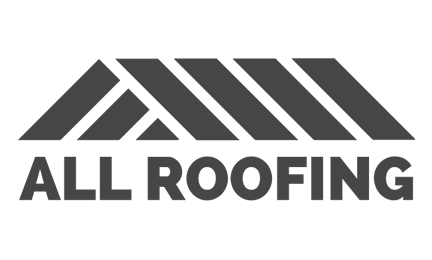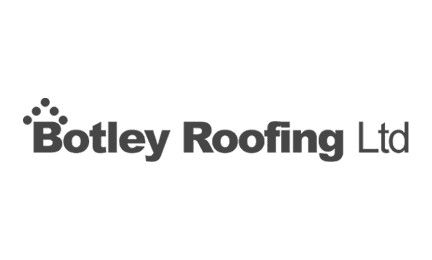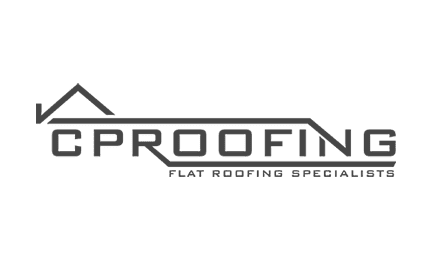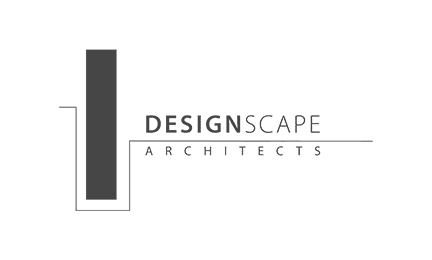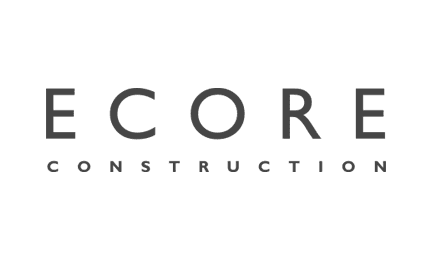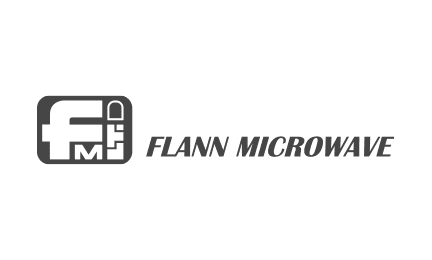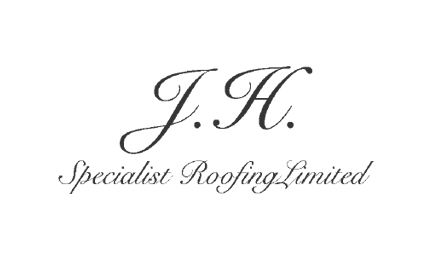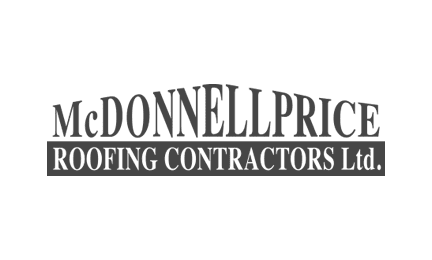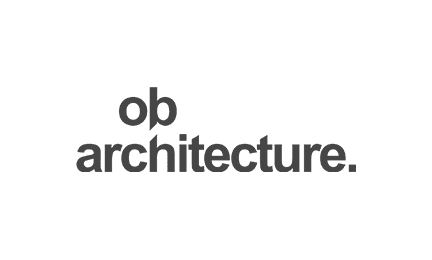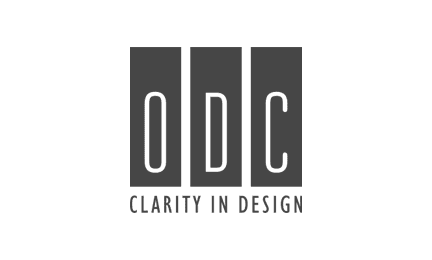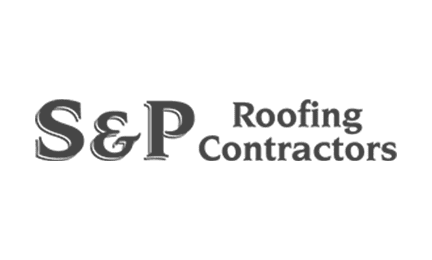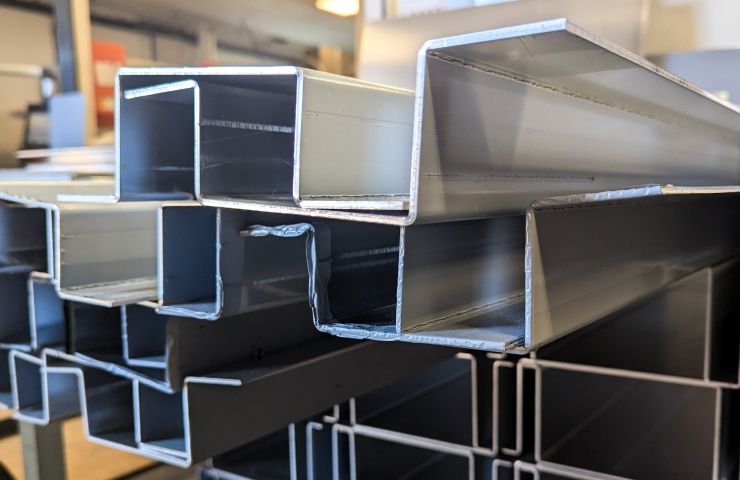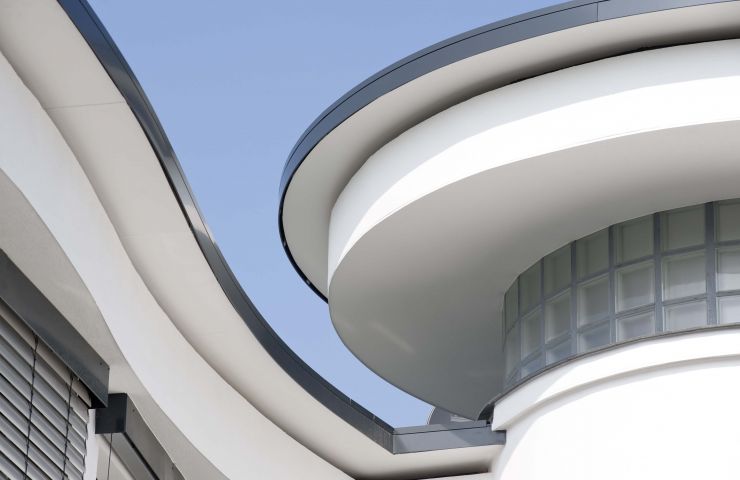What is aluminium?
WHAT IS ALUMINIUM?
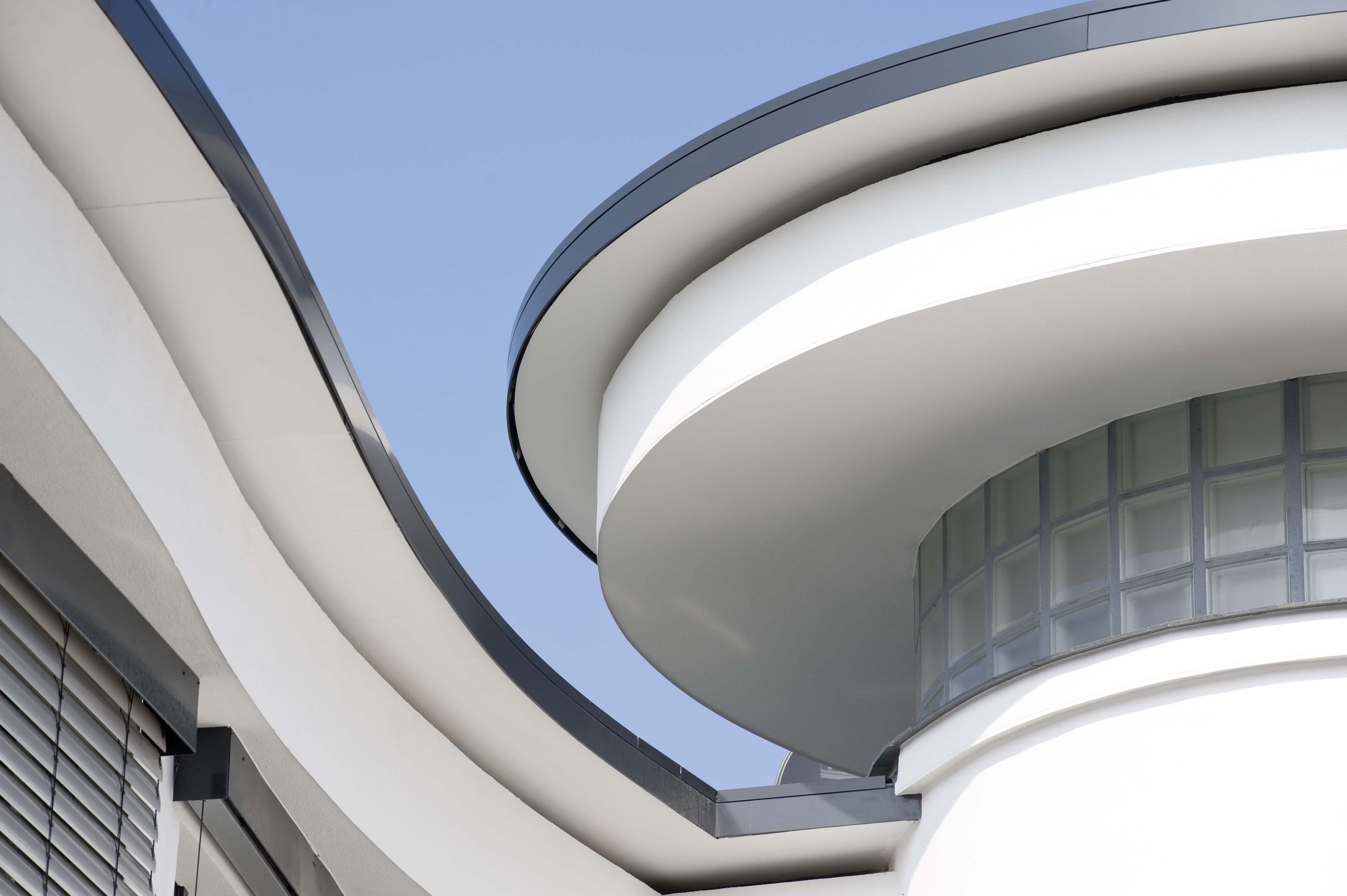
The most common non-ferrous metal on earth, used in products we interact with daily such as cans, kitchen utensils, beer kegs or airplane parts, is popular for its rich list of qualities. Soft, lightweight, thermally conductive, to name a few.
Aluminium is the ideal material for fabricating bespoke architectural profiles due to its exceptional strength-to-weight ratio, allowing for intricate and structurally sound designs. Its ability to be ductile and malleable makes it so easily machined, cast, and extruded. Thanks to this, aluminium profiles can be fabricated to the specifications of the client’s needs.
With our state-of-the-art machinery, ICB Fabrications can take architectural drawings along with the customer’s design concept and transform them into a finished product that is ready to be installed.
BENEFITS OF ALUMINIUM
The properties of aluminium allow it to be associated with a remarkable number of qualities, which influence its use in the architectural industry.
LIGHTWEIGHT AND STRONG
As a result of its high strength-to-weight ratio, aluminium is an ideal choice for architectural applications. It’s about a third of the weight of steel, meaning that transportation and installation are easier and cheaper than with other metals. By picking aluminium, architects and designers can trust that their design elements will be structurally reliable.
RESISTANCE TO CORROSION
A sheet of aluminium possesses a compact oxide layer which sits over the surface. This aluminium oxide layer acts as a shield against atoms of metal reacting with oxygen, preventing the process of oxidation.
Therefore, it possesses resistance to bad weather conditions which other metals such as steel could suffer as its structure may change when exposed to different temperatures. Such resistance certifies that profiles composed of aluminium, keep their structural integrity, making them appealing to the eye and free from regular maintenance.
FLEXIBILITY
Aluminium is an extremely flexible metal that allows it to be easily shaped, moulded, and fabricated into specific architectural profiles using specialist machinery. The custom-built fabrications facility at ICB Fabrications can use aluminium to meet the most challenging and unique client briefs.
Bending the metal to meet specific curves or corner profiles comes with ease and architects can enjoy this freedom to bring their creative and unique designs to fruition.
RECYCLING
For a while now, industries across the board are becoming increasingly conscious of their impact on the environment. Fortunately, aluminium is infinitely recyclable. In fact, to recycle aluminium only requires 5% of the energy used to make primary aluminium and it does not lose any of its original properties.
Recycled aluminium doesn’t lose its basic physical properties and doesn’t sacrifice its durability, making it a great choice for projects that want to become a beacon of sustainability.
FORTAL HOUSE (CASE STUDY)
One of ICB’s projects located in Kent utilised various bespoke architectural profiles that were all designed, fabricated and powder-coated in-house to meet the specifics of the client’s brief.
Products such as ICB’s soffits, capping, wall cladding, and detailed balcony details were all implemented, to complement the wooden cladding and give this new-build residential project a natural, contemporary feel.
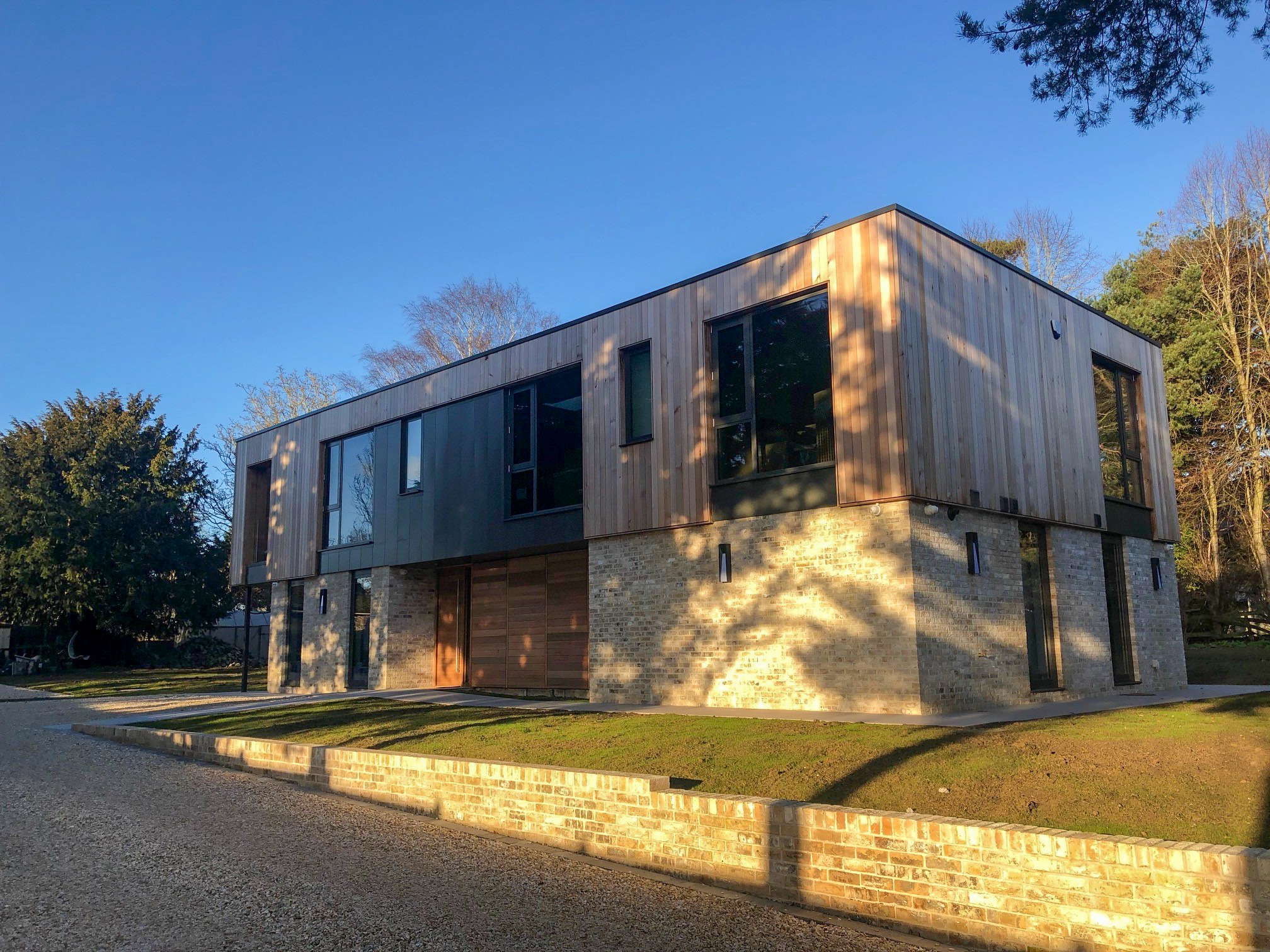
ENVIRONMENTAL IMPACT OF ALUMINIUM
Aluminium is one of the most sustainable materials out there, with one of the highest recycling rates at over 75%. Its low energy requirements for its production contribute to a lower carbon footprint when compared to other metals.
One method of aluminium extraction takes place through the Bayer process which includes crushing, refining, and smelting bauxite ore. Many bauxite deposits are in protected and indigenous areas with a lot of importance placed on their ecosystems. The open-pit mining in these large areas requires the removal of the topsoil and vegetation before reaching the resources needed to produce aluminium. Consequently, the existing biodiversity of animals and plants is destroyed through this extraction.
POTENTIAL FUTURE
However, with advancements in technology and demands for greener methods of production, countries are starting to innovate these processes. Norway’s aluminium and renewable energy company Hydro could fully decarbonise aluminium smelting and reach industrial-wide production with a date set for 2030. Having already cut their CO2 emissions by 70% since 1990, they are looking to overhaul the manufacturing process, specifically electrolysis, by removing CO2 emissions and swapping it for oxygen.
Current aluminium production is responsible for 3% of the world’s CO2 emissions, and Hydro’s technology will be a key step towards creating zero-emission aluminium.
